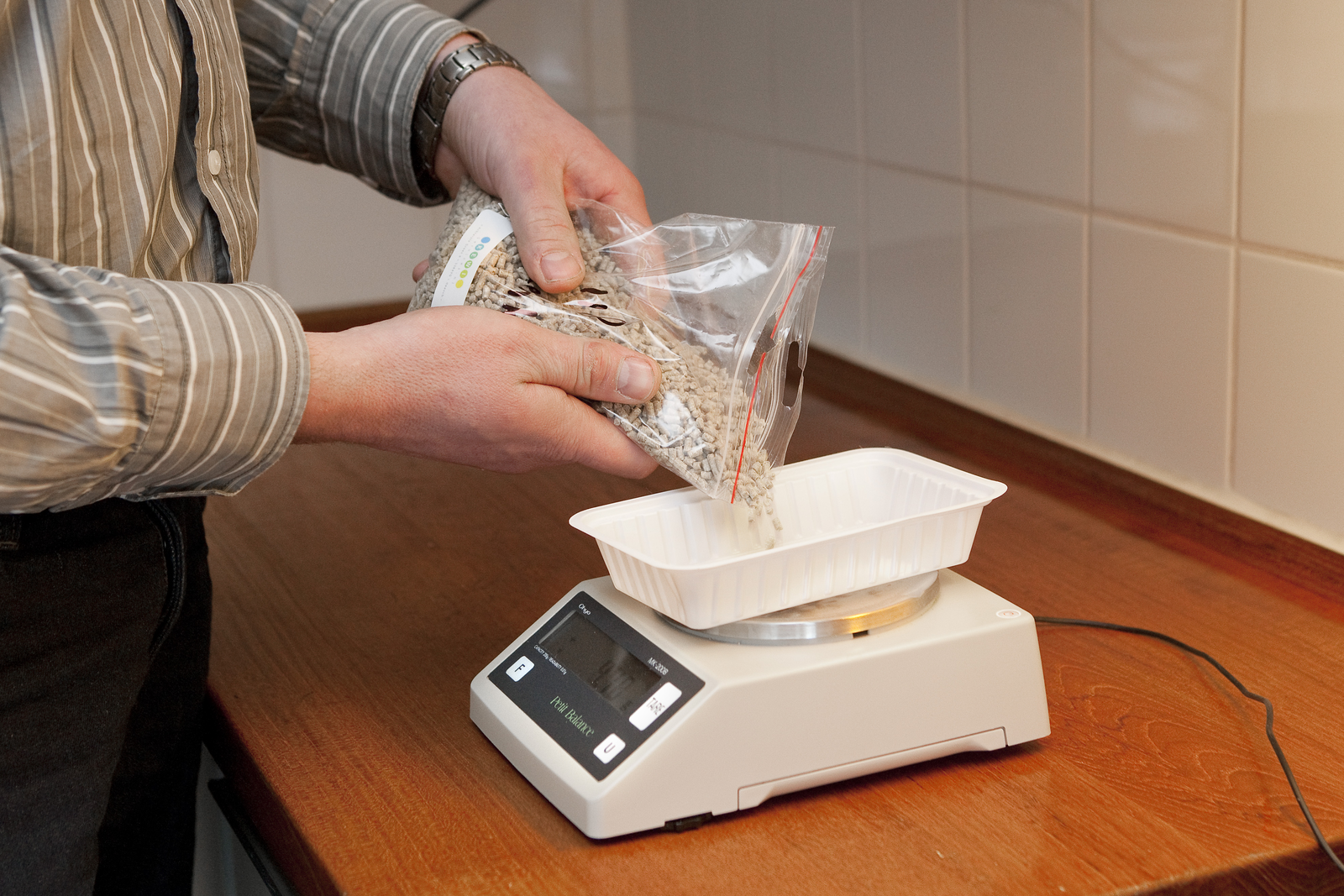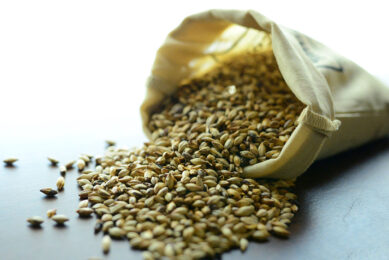Six way approach to improving feed

An EU-wide ban on the use of antibiotics as growth promoters in animal feed came into effect on January 1, 2006. However, some non-EU countries are still working on removing antimicrobials effectively from animal diets. These six ways to optimise feed may help to ensure future use of antibiotics is only for sick animals.
By Geert Wielsma, veterinarian, Perstorp Performance Additives
Antibiotics have been widely used in animal production for decades worldwide. As of 2006, they are no longer allowed in the EU for growth promoting purposes. Outside the EU, the debate on reducing antimicrobials in animal feed is still on. Hard-earned experiences from Europe may offer a first insight on how to create feeds without antibiotics. It boils down to a six way approach. In the first place the use of high quality protein sources is key, secondly mould inhibition and mycotoxin control needs maximum attention. Third and fourth heat treatment and acidification of the feed is important, as is the structure of the feed (5). Last but not least the inclusion of probiotics/prebiotics lead to improved feed and animal performance.
1. Protein digestion
The use of high quality protein sources will help digestion in the small intestine. High quality protein sources minimise the amount of fermentable protein in the colon and as such less substrate for pathogens. Selectively choosing optimal protein sources is a first step towards reducing antibiotics in feed. One thing to be aware of for example, is the variety in protein availability in byproducts from biofuel industry.
2. Moulds and toxins
Although mycotoxin problems are still not regarded as important in most European countries, we see a worldwide influence of toxins on animal performance. The moulds that produce these toxins have a negative impact on the nutritional value of feed. Making sure that moulds and toxin levels in feed are under control is therefore important for optimal animal performance.
3. Heat treatment of feed
The use of heat (in combination with pressure) eliminates potential bacterial contamination of feed and increases the availability of nutrients. Heat treatment is a very effective way to improve feed safety and nutritional value, but there are some factors that have to be considered. For one, there is the cost of heating feed. It is common practice to use temperatures of 80-85 degrees. Increasing temperature by five degrees can increase energy costs by 30%. Another thing to consider is the risk of recontamination with pathogens after the heat treatment. Coolers and also dust in feed mills are potential risk factors for contamination of feed.
4. Acidification
The use of organic acids is one of the best ways to decontaminate feed. There are many different products and blends available. The reduction of pH levels in feed and the stomach and the antibacterial effects of these acids will enhance digestion and boost technical performance. A recent study showed the powerful effect that combining heat treatment and organic acids has on feed decontamination. This study also showed the big variety in efficacy between different acidifiers. The combination of organic acids and specific essential oil components proved to be superior in decontamination of the feed.
5. Structure
There are different ways to grind or cut grains in feed. The key is to find the optimal balance between digestibility and stimulation of gut motility. Easier digestible components will improve FCR but at the same time shorten the passage time of the chyme in the gut which can lead to nutritional diarrhoea. The more coarse components such as roughly cut grains are less easy to digest, however they reduce the passage time of the chyme, stimulate peristaltic movement of the gut and increase fermentation in the gut.
6. Probiotics/prebiotics
Another way to look at bacteria is not to kill the bad ones, but to promote the good ones. This can be done with both pro- and prebiotics. There are still a lot of unanswered questions about the effects, but the use of these products is rising. Probiotics are the “good” bacteria that colonise the gut and help maintain a healthy microbiota.
Prebiotics are nutrients for the microbiota. Stimulation of the right gut bacteria like Lactobacilli can help to maintain a good balance of the flora, mainly through the production of short chain fatty acids (SCFA) such as butyric acids. The disadvantage of these products can be that while stimulating gut health this way nutritional efficiency drops due to the higher demand for energy from the microbiota. This will always be a matter of balance and adjusting formulation to specific situations. New techniques are now entering the market to bring SCFA’s e.g. butyric acid directly in the gut without losing efficacy by early uptake in the stomach. Especially esters of butyric acids show very promising effects. Butyric acid is also used in human medicine for specific colon disorders and the knowledge for this application is now starting to be implemented in animal nutrition as well.
Resisting antibiotics
There has been an increasing discussion in the last few years about the disadvantages of the use of antibiotics as a growth promoter or as a standard management tool. First of all there is the growing fear of antibiotics resistance, especially in MRSA and ESBL’s. Resistance against antibiotics is rising and therefore human health services are trying to create awareness of un-treatable bacteria. Secondly we see a decline in efficacy of antibiotics at farm level because of resistance. Some pathogens are getting harder to beat the traditional way. Other bacteria in the gut of animals – the ones we call the good ones – are also affected by antibiotics. In worst case scenarios antibiotics can even be the cause of diarrhoea instead of the cure.
Looking at the pros and cons of antibiotics it is wise to look for alternatives to fight bacteria and enhance animal performance. This way we will be able to use antibiotics when we really need them in the future, which is when animals are suffering from bacterial diseases. Besides the options mentioned in this article there is a lot more to be done to increase the value of feed. Antibiotic use can be reduced this way and productivity can be increased.
References available upon request.
Article from AllAboutFeed 22.1 2014
Join 26,000+ subscribers
Subscribe to our newsletter to stay updated about all the need-to-know content in the feed sector, three times a week. Beheer
Beheer









 WP Admin
WP Admin  Bewerk bericht
Bewerk bericht